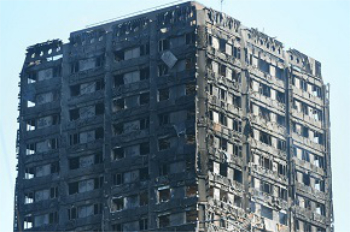JCT Sub-subcontract
The Joint Contracts Tribunal (JCT) was formed by the Royal Institute of British Architects (RIBA) in 1931 when the first JCT standard form of building contract was issued. It now produces a range of standard forms of contract for the construction of buildings accompanied by guidance notes and other standard forms of documentation.
As buildings have become increasingly complicated, so it is less and less likely that any one contractor will have the required skills to carry out all of the works necessary to construct them. As a result, a supply chain is likely to be created, consisting of an interconnected hierarchy of supply contracts that together will carry out the works.
A subcontract is an agreement between the main contractor and an organisation or individual to perform a portion of the works for which the main contractor was contracted.
A sub-subcontract is an agreement between a subcontractor and an organisation or individual to perform a portion of the works for which the subcontractor was contracted.
The JCT Sub-subcontract (SubSub) is designed for use on sub-subcontract works where the main contract is a JCT contract and sub-contracts are one or more of the JCT sub-contracts.
It can be used on a standard sub-contract, and also where the works (sub-subcontract or sub-contract) are intended to be carried out in sections. The works can be based on remeasurement or on an adjusted sub-subcontract sum. It is not suitable where the works are of a complex technical nature, or if they require full back-to-back provisions with the sub-contract.
[edit] Find out more
[edit] Related articles on Designing Buildings Wiki
Featured articles and news
Grenfell Tower Principal Contractor Award notice
Tower repair and maintenance contractor announced as demolition contractor.
Passivhaus social homes benefit from heat pump service
Sixteen new homes designed and built to achieve Passivhaus constructed in Dumfries & Galloway.
CABE Publishes Results of 2025 Building Control Survey
Concern over lack of understanding of how roles have changed since the introduction of the BSA 2022.
British Architectural Sculpture 1851-1951
A rich heritage of decorative and figurative sculpture. Book review.
A programme to tackle the lack of diversity.
Independent Building Control review panel
Five members of the newly established, Grenfell Tower Inquiry recommended, panel appointed.
Welsh Recharging Electrical Skills Charter progresses
ECA progressing on the ‘asks’ of the Recharging Electrical Skills Charter at the Senedd in Wales.
A brief history from 1890s to 2020s.
CIOB and CORBON combine forces
To elevate professional standards in Nigeria’s construction industry.
Amendment to the GB Energy Bill welcomed by ECA
Move prevents nationally-owned energy company from investing in solar panels produced by modern slavery.
Gregor Harvie argues that AI is state-sanctioned theft of IP.
Heat pumps, vehicle chargers and heating appliances must be sold with smart functionality.
Experimental AI housing target help for councils
Experimental AI could help councils meet housing targets by digitising records.
New-style degrees set for reformed ARB accreditation
Following the ARB Tomorrow's Architects competency outcomes for Architects.
BSRIA Occupant Wellbeing survey BOW
Occupant satisfaction and wellbeing tool inc. physical environment, indoor facilities, functionality and accessibility.
Preserving, waterproofing and decorating buildings.






















